Cloud Native with Kubernetes. Deploy, configure, and run modern cloud native applications on Kubernetes Alexander Raul
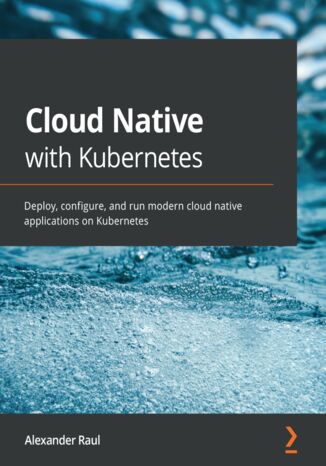



- Autor:
- Alexander Raul
- Wydawnictwo:
- Packt Publishing
- Ocena:
- Stron:
- 446
- Dostępne formaty:
-
PDFePubMobi
Opis
książki
:
Cloud Native with Kubernetes. Deploy, configure, and run modern cloud native applications on Kubernetes
This book is a comprehensive guide to deploying, securing, and operating modern cloud native applications on Kubernetes. From the fundamentals to Kubernetes best practices, the book covers essential aspects of configuring applications. You’ll even explore real-world techniques for running clusters in production, tips for setting up observability for cluster resources, and valuable troubleshooting techniques. Finally, you’ll learn how to extend and customize Kubernetes, as well as gaining tips for deploying service meshes, serverless tooling, and more on your cluster.
By the end of this Kubernetes book, you’ll be equipped with the tools you need to confidently run and extend modern applications on Kubernetes.
Wybrane bestsellery
Packt Publishing - inne książki
Dzięki opcji "Druk na żądanie" do sprzedaży wracają tytuły Grupy Helion, które cieszyły sie dużym zainteresowaniem, a których nakład został wyprzedany.
Dla naszych Czytelników wydrukowaliśmy dodatkową pulę egzemplarzy w technice druku cyfrowego.
Co powinieneś wiedzieć o usłudze "Druk na żądanie":
- usługa obejmuje tylko widoczną poniżej listę tytułów, którą na bieżąco aktualizujemy;
- cena książki może być wyższa od początkowej ceny detalicznej, co jest spowodowane kosztami druku cyfrowego (wyższymi niż koszty tradycyjnego druku offsetowego). Obowiązująca cena jest zawsze podawana na stronie WWW książki;
- zawartość książki wraz z dodatkami (płyta CD, DVD) odpowiada jej pierwotnemu wydaniu i jest w pełni komplementarna;
- usługa nie obejmuje książek w kolorze.
Masz pytanie o konkretny tytuł? Napisz do nas: sklep@helion.pl
Książka drukowana



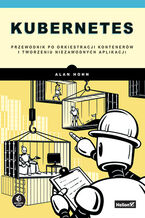



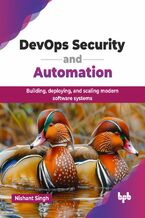
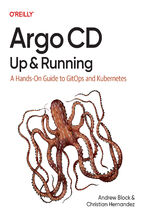
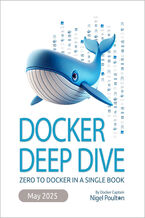
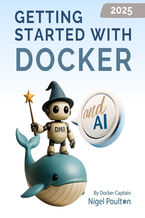








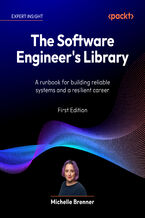
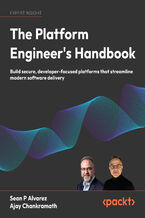


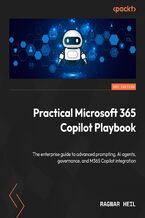
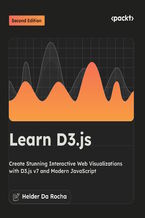
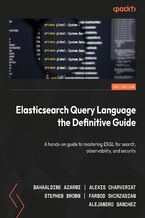
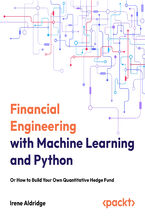
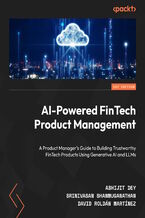
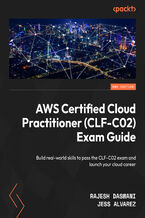



Oceny i opinie klientów: Cloud Native with Kubernetes. Deploy, configure, and run modern cloud native applications on Kubernetes Alexander Raul
(0)